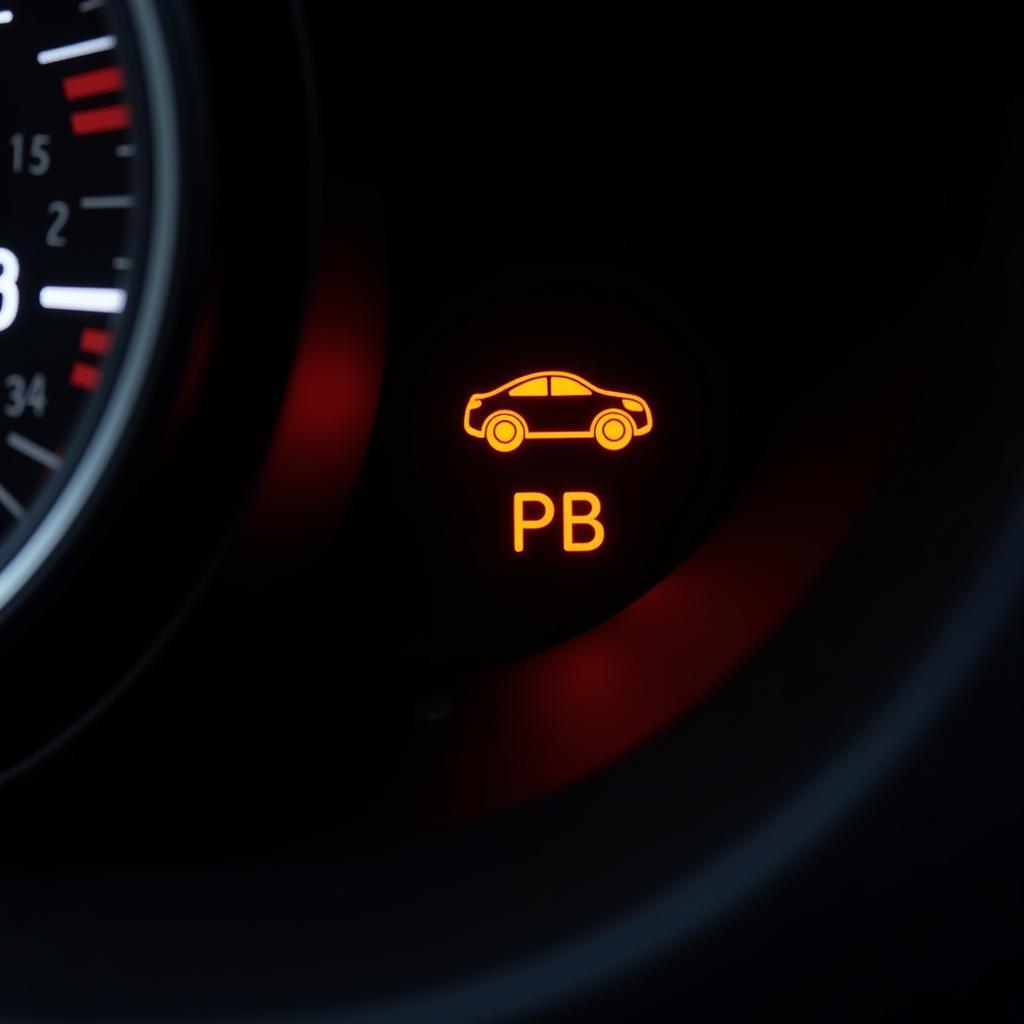If you own a Jeep Wrangler, you may have encountered a strange issue: a flashing center high mount stop lamp (CHMSL) while your regular brake lights function normally. This can be a head-scratcher, especially since it doesn’t always trigger a dashboard warning light. Don’t worry, this problem is more common than you might think and often has simple solutions. This comprehensive guide will walk you through the potential causes of a flashing CHMSL in your Jeep Wrangler and provide easy-to-follow troubleshooting steps to help you get back on the road safely.
Understanding the Flashing CHMSL
The flashing CHMSL is often your Jeep’s way of signaling a problem within the electrical system, specifically related to the brake lights. While it might not always indicate a critical malfunction, it’s essential to address the issue promptly to ensure optimal safety on the road.
Common causes for a flashing CHMSL in a Jeep Wrangler:
- Bulb Failure: Just like any other bulb, your CHMSL bulb can burn out. A failing bulb might flicker or flash intermittently.
- Wiring Issues: Loose connections, corrosion, or damaged wires in the CHMSL circuit can disrupt the signal, causing the light to flash.
- Ground Problems: A poor ground connection can lead to various electrical gremlins, including a flashing CHMSL.
- Faulty Brake Light Switch: A malfunctioning brake light switch might not send a consistent signal, resulting in the CHMSL flashing.
- Software Glitches: Modern vehicles, including Jeep Wranglers, heavily rely on software. Occasional glitches can affect various systems, including the CHMSL.
Troubleshooting a Flashing CHMSL
Before you rush to a mechanic, there are several things you can check yourself:
-
Inspect the CHMSL Bulb: Start with the simplest solution. Access the CHMSL housing and inspect the bulb for any signs of damage, burning, or discoloration. Replace the bulb if necessary.
-
Check the Wiring Harness: Carefully examine the wiring harness connected to the CHMSL for any loose connections, corrosion, or damage. Disconnect the harness and check the terminals for any signs of dirt or debris. Clean or repair any issues you find.
-
Inspect the Ground Connection: Locate the ground wire for your CHMSL (usually a black wire bolted to the vehicle’s chassis). Ensure the connection is tight and free of rust or corrosion.
-
Test the Brake Light Switch: Locate the brake light switch above the brake pedal. With the engine off, press and release the brake pedal while listening for a clicking sound from the switch. If you don’t hear a click or the sound is inconsistent, the switch might need replacement.
-
Check for Software Updates: Jeep periodically releases software updates that address various issues, including potential electrical glitches. Check the Jeep website or contact your dealer to see if any updates are available for your Wrangler’s model year.
“It’s important to note that the complexity of vehicle electrical systems has increased significantly. While these troubleshooting steps can address common issues, it’s always a good idea to consult a qualified automotive electrician for persistent or complex electrical problems,” advises Jake Miller, a certified automotive electrician with over 15 years of experience.
When to Seek Professional Help
If you’ve gone through the troubleshooting steps and your flashing CHMSL persists, it’s best to seek professional assistance. A qualified automotive electrician or your Jeep dealership can diagnose the issue using specialized diagnostic tools and provide a suitable solution.
Conclusion
A flashing CHMSL in your Jeep Wrangler might seem like a minor annoyance, but it’s crucial to address it promptly to ensure your safety and the safety of others on the road. By following the troubleshooting steps outlined in this guide, you can often identify and fix the problem yourself. However, for persistent or complex electrical issues, remember that seeking professional help is always the safest and most reliable course of action.


